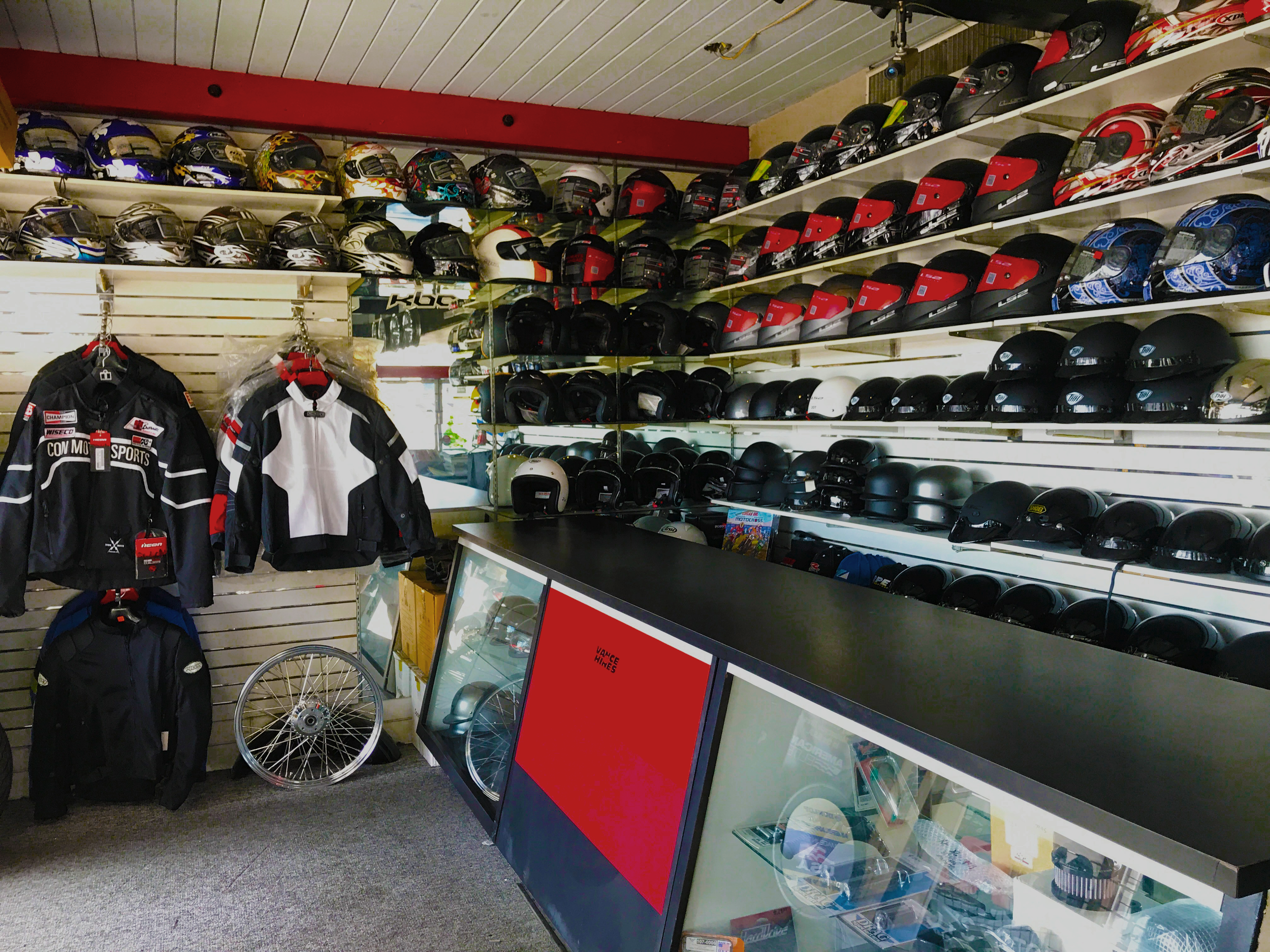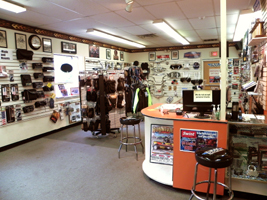Explore the Latest Motocross Gear NZ for every single Degree of Rider
Explore the Latest Motocross Gear NZ for every single Degree of Rider
Blog Article
Mastering Motorcycle Gears: How to Optimize Your Riding Experience
In the world of motorcycling, understanding the art of equipment control is essential for boosting your riding performance. Effectively utilizing and understanding motorbike gears can considerably impact gas, acceleration, and control effectiveness, transforming an average adventure right into a smooth, thrilling journey. By including exact shift timing and adjusting equipment selection to numerous roadway conditions, cyclists can make sure optimal engine efficiency and security. The subtleties of clutch control, throttle sychronisation, and gear technicians beckon a much deeper exploration, assuring to unlock the complete capacity of your machine. Just how can these techniques be utilized to truly enhance your riding experience?
Comprehending Equipment Mechanics
At the core of bike characteristics, equipment auto mechanics play a critical role in transforming engine power right into movement, eventually dictating rate and control. The equipment ratios, carefully designed, establish the partnership between engine revolutions and wheel turns, influencing velocity and fuel performance.
Recognizing gear mechanics starts with acknowledging the importance of the gearbox, which houses numerous equipments of varying dimensions. These equipments engage through a procedure called meshing, where teeth of different gears involve to transfer power. The precision of this communication is critical; any type of misalignment or damages can result in ineffective power transfer, impeding efficiency. Furthermore, the arrangement and dimension of gears affect the motorbike's capability to handle various loads and rates.
Additionally, the principle of gear moving is integral to optimizing performance. Smooth and prompt shifts make sure that the engine runs within its optimal power band, stopping unnecessary stress and boosting longevity (mx gear nz). By understanding these mechanical complexities, motorcyclists can attain an unified blend of performance, power, and control, raising their riding experience
Timing Your Shifts
Shift timing mastery is crucial for optimizing motorcycle performance and improving the riding experience. Appropriately timed changes make certain that the engine runs within its optimum power band, which is crucial for maintaining control, achieving smooth acceleration, and guaranteeing the durability of the motorbike. Motorcyclists need to establish an user-friendly feeling of when to move gears, which includes comprehending the connection between engine revolutions per minute (RPM) and rate.
To understand change timing, pay attention to the engine's noise and really feel, as these supply important clues about when to change equipments. When the engine comes close to the upper range of its power band without getting to the redline, the excellent change point generally occurs - motorcycle parts nz. Shifting also early can cause a lack of power, while changing as well late may cause unneeded engine strain
Additionally, road conditions and riding style influence change timing. In contrast, throughout highway riding, less shifts at higher rates can be much more ideal.
Enhancing Fuel Effectiveness
While mastering motorbike equipments is vital for performance, improving gas performance is equally crucial for both environmental and financial factors. Ideal fuel usage not only minimizes functional prices however also minimizes the eco-friendly footprint of riding. To attain this, one need to recognize the intricate connection in between equipment option and engine efficiency.
Riding in a greater equipment at reduced rates can lead to engine carrying, which is damaging to both fuel economic climate and engine health and wellness. Conversely, riding in lower equipments at high rates results in unneeded fuel consumption.
Additionally, regular upkeep plays a crucial duty in fuel efficiency. Making sure that the motorbike is well-tuned, with clean air filters and correctly pumped up tires, can enhance aerodynamics and decrease fuel wastefulness. Taking on a riding design that welcomes progressive acceleration and smooth deceleration can add to better gas economic climate.

Methods for Smooth Transitions
Accomplishing smooth gear changes is essential to enhancing the riding experience and ensuring the long life of a motorbike's transmission system. Proper equipment moving not just adds to a seamless adventure yet likewise reduces wear and tear on the mechanical parts. To grasp the art of smooth shifts, bikers other should concentrate on a couple of crucial techniques.

Secondly, clutch control plays a critical function. Involving and disengaging the clutch smoothly requires technique. The clutch lever should be launched progressively, enabling a seamless transfer of power from the engine to the wheels without causing a jolt or abrupt motion.

Adapting to Road Problems
Browsing varied roadway conditions is a crucial skill for any motorcyclist aiming to keep control and safety and security. Whether you're riding on damp surface areas, gravel roads, or navigating doglegs, your capacity to adjust your gear usage and riding technique is paramount. Understanding just how to readjust your gears appropriately can considerably impact grip and security, making sure a much safer journey.
On wet roadways, it is a good idea to preserve higher equipments to minimize torque and lessen wheel spin. This technique helps keep hold on slippery surface areas, enabling smoother acceleration and deceleration. On the other hand, when riding on gravel or uneven surface, lower gears are better. Reduced gears give far better control and enable you to respond even more swiftly to unanticipated adjustments in the road surface area.
Sharp contours demand specific equipment management to stabilize speed and control. Downshifting prior to going into a curve can aid preserve energy while making certain the motorcycle remains secure throughout the turn. Constant technique in different conditions boosts your ability to react and predict to adjustments in road texture and slope.
Final Thought
Grasping motorcycle equipments substantially improves the riding experience by boosting control, acceleration, and gas efficiency. A detailed understanding of gear auto mechanics and exact change timing guarantees the engine runs within its optimum power band, while smooth transitions with reliable clutch and throttle sychronisation rise comfort and useful site efficiency. Adapting gear choice to numerous road conditions, such as using higher gears on wet surfaces and lower gears on crushed rock, more boosts handling and safety and security. Ultimately, these skills elevate the general journey.
Comprehending gear mechanics begins with identifying the value of the transmission, which houses several gears of differing dimensions. These gears interact via a procedure understood as meshing, where teeth of different equipments involve to transmit power (motocross parts nz). Mild modifications to the throttle during equipment shifts can prevent jerky activities and preserve a consistent riding rate
Whether you're riding on damp surfaces, crushed rock roads, or navigating sharp adventure motorcycle tires turns, your capability to adapt your equipment use and riding strategy is paramount. Adapting gear option to various roadway problems, such as utilizing higher equipments on wet surface areas and lower gears on crushed rock, additional boosts handling and security.
Report this page